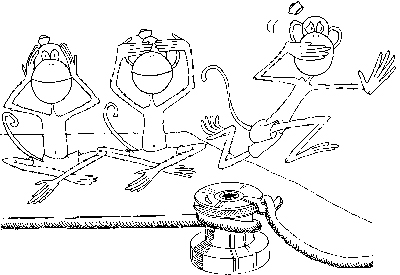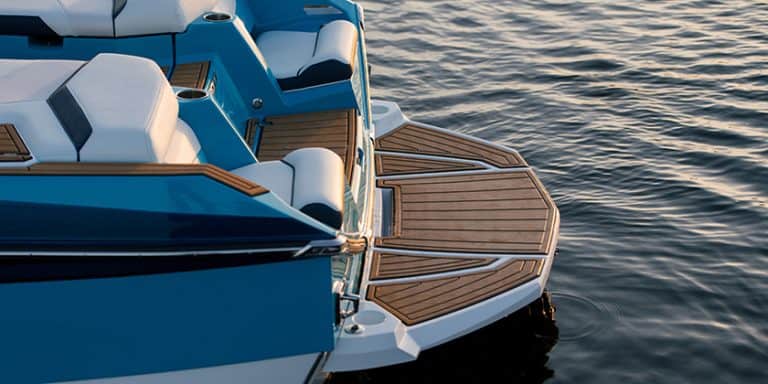PORTS Can’t miss tips: Preventing Seasickness

Mar 12, 2020
Don’t miss the boat with these Cruising Tips from PORTS.
TWO new PORTS Editions will be released this Winter 2020 in time for the 2020-2021 Boat Show season.
The successful launch of PORTS Guide – Georgian Bay, North Channel & Lake Huron took place at the Toronto International Boat Show in January and now the Canadian Yachting Media Team is working to complete the PORTS Rideau Canal and Lower Ottawa River & Trent Severn Waterway & Lake Simcoe 2021 Editions.
PREVENTING SEASICKNESS
Seasickness affects one in five adults and about one in four children. Also called motion sickness, it’s caused by the displacement of fluids in the inner ear, specifically within the cochlea – that snail-shaped tube that controls our sense of balance. When the boat rocks, the fluids in the cochlea slosh about, sending mixed signals to the brain and leading to nausea. Engine fumes and anxiety, perhaps over your personal safety in rolling seas, act as catalysts and further exaggerate the feeling.
But heading out with a positive attitude can make all the difference in the world.
People never seem to get sick when they’re having fun, so do something enjoyable to keep your mind occupied. Keep busy by sorting lines or even watching the chart. Keeping your mind on anything other than the fact the boat is bobbing up and down will usually suppress any ill feelings.
Heading out with a full belly is a good idea too, since your stomach is less likely to upset if it, like your mind, has something to do. But avoid greasy or hard-to-digest foods, or alcoholic beverages, which can work against you.
 Most boaters fight seasickness with nonprescription drugs. Gravol, which contains the drug Dimenhydrinate, is one popular brand but there are many others including several generic labels. They’re extremely effective, but you have to take them before you leave the dock, not after you feel sick. The drug works by masking those mixed signals from the cochlea, similar to the way aspirin masks a headache. The signals are still there, but your brain doesn’t recognize them.
Most boaters fight seasickness with nonprescription drugs. Gravol, which contains the drug Dimenhydrinate, is one popular brand but there are many others including several generic labels. They’re extremely effective, but you have to take them before you leave the dock, not after you feel sick. The drug works by masking those mixed signals from the cochlea, similar to the way aspirin masks a headache. The signals are still there, but your brain doesn’t recognize them.
If you hate swallowing pills, try using trans-dermal patches, which are worn behind the ear. Self-adhesive and about the size of a quarter, they release their contents over time, and some are effective for up to three days. Most use a drug called Scopolomine, which, like Dimenhydrinate, takes about one half hour to kick in. So, put them on long before you leave the dock.
Queasy boaters should also look at acupressure devices, like Sea Bands. They look like lumpy little bracelets, but they’re highly effective. The beads press against points on your wrist to break impulse transmissions in your nervous system, thus preventing nausea. They really work, and you don’t suffer the drowsiness frequently associated with anti-motion-sickness drugs. But you may have to re-adjust them from time to time, to make sure they’re in the right spot.
Unfortunately, there isn’t much you can do once you become seasick. The key is to be prepared and take action before you start feeling green.




























